新書推薦:
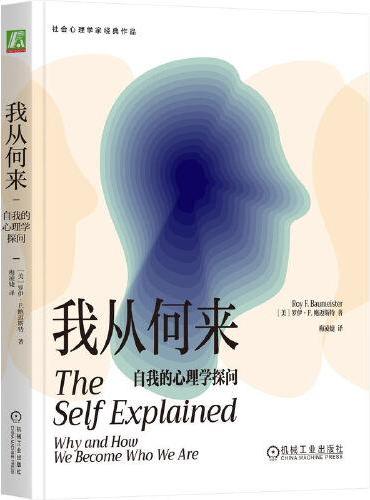
《
我从何来:自我的心理学探问
》
售價:NT$
545.0
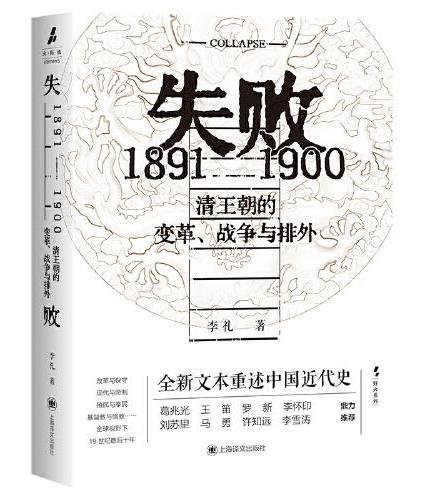
《
失败:1891—1900 清王朝的变革、战争与排外
》
售價:NT$
390.0
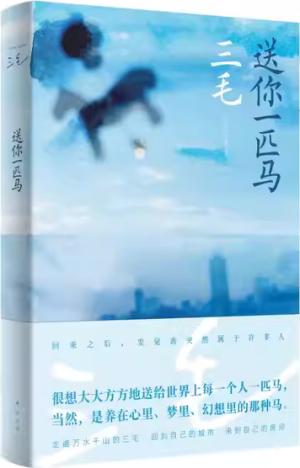
《
送你一匹马(“我不求深刻,只求简单。”看三毛如何拒绝内耗,为自己而活)
》
售價:NT$
295.0
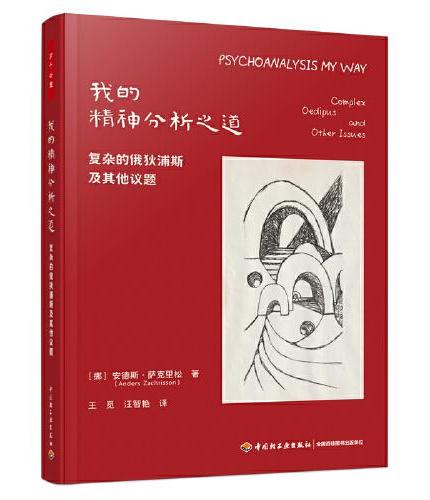
《
万千心理·我的精神分析之道:复杂的俄狄浦斯及其他议题
》
售價:NT$
475.0
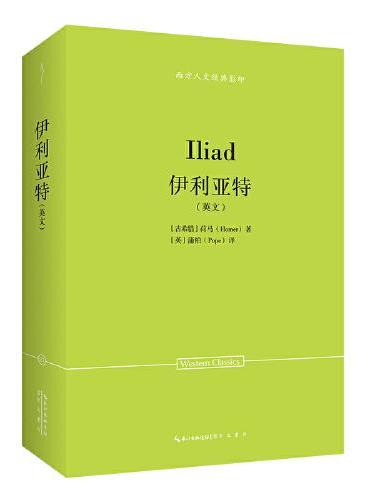
《
荷马:伊利亚特(英文)-西方人文经典影印21
》
售價:NT$
490.0
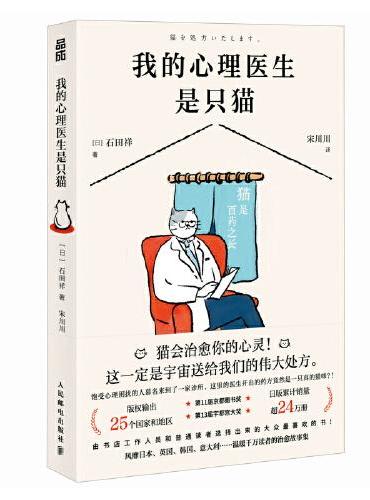
《
我的心理医生是只猫
》
售價:NT$
225.0
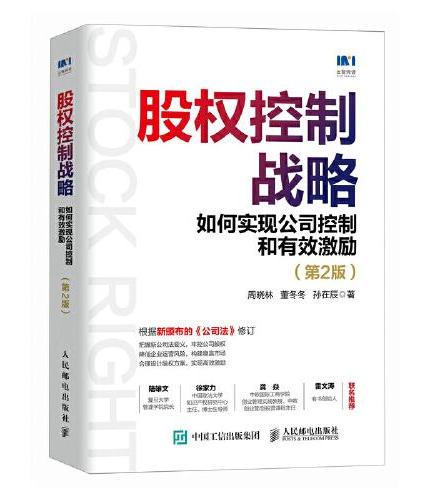
《
股权控制战略:如何实现公司控制和有效激励(第2版)
》
售價:NT$
449.0
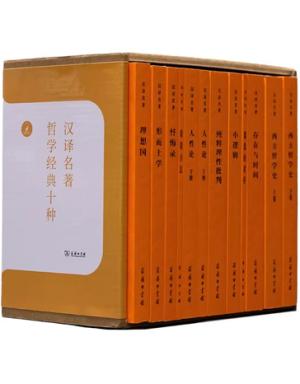
《
汉译名著·哲学经典十种
》
售價:NT$
3460.0
|
| 內容簡介: |
本书系统讲述电子纺织器件的相关技术,涉及纺织结构的电极、传感器、电路、电连接、能量转换与存储器件,以及用于开发智能电子纱线的先进纱线加工技术。基于先进的纺织加工技术,重点介绍纺织电极、传感器和电路的材料、加工、结构、实验表征与力电性能。基于先进的纤维/纱线制备技术,详细阐述不同材料与结构的纤维基能量转换与存储设备的性能。为使读者更好地掌握纺织传感器知识并具有实际应用能力,本书还列举了纺织传感器在可穿戴领域的应用。
本书可作为高等院校纺织专业智能纺织及相关课程的教学用书,对从事智能纺织品、可穿戴技术及其开发设计等相关工作的工程技术人员及学者也具有一定的启迪性,还可供“一带一路”沿线国家的纺织专业学生使用。
|
| 關於作者: |
李乔
东华大学纺织学院副教授。担任国际电工技术委员会“可穿戴电子设备和技术-电子织物”工作组专家。博士毕业于香港理工大学,致力于纺织基可穿戴电子器件的研究,包括织物传感器、织物电路等。对常用的功能性纺织材料与结构、柔性传感材料,以及织物基的传感单元的结构、力-电-热耦合性能的优化有着丰富的研究经验。
|
| 目錄:
|
Contents
Chapter 1 Fundaments of Electronic Textiles
1.1 Introduction
1.2 Conductive materials
1.3 Textile sensors
1.4 Textile circuits or circuit boards
1.5 Textile sensing networks
1.6 Data processing and communication
1.7 Wearable energy storage
1.8 Applications
References
Chapter 2 Textile Electrode Technology
2.1 Introduction
2.2 Methods and materials
2.3 Results and discussions
2.4 Conclusions
References
Chapter 3 Resistive Textile Sensors
3.1 Brief introduction of textile resistive sensors
3.2 Resistive textile strain sensors: Materials, processing, principle and applications
3.3 Applications: Smart apparels integrated with textile strain sensors
3.4 Applications: Textile pressure sensors for smart protective clothing against impact loading
3.5 Summary
References
Chapter 4 Textile Circuit Technologies
4.1 Introduction
4.2 Printing technology for arbitrary structure
4.3 E-broidery (machine sewing) technology for arbitrary structure
4.4 Weaving technology for non-arbitrary structure
4.5 Flexible interconnection technologies
4.6 Conclusion
References
Chapter 5 Stretchable Woven Fabric-based Circuits
5.1 Textile yarns
5.2 Conductive yarns
5.3 Woven structures
5.4 Fabrication
5.5 Electro-mechanical properties of woven fabric circuits
5.6 Summary
Reference
Chapter 6 Knitted Circuits: Materials, Structures and Manufacturing
6.1 Introduction
6.2 Knitted circuits with knitting technology
Reference
Chapter 7 Knitted Circuits: Performances
7.1 Introduction
7.2 Morphology
7.3 Resistance
7.4 Uni-directional tensile properties
7.5 Three-dimensional punching properties
7.6 Washing property
7.7 Parameter effects
Reference
Chapter 8 Other Stretchable Electronics
8.1 Introduction
8.2 Metal films on an elastic substrate
8.3 Non-coplanar mesh design
8.4 Horseshoe-like meandering structure
8.5 Connection
8.6 Packaging technologies of FCB(Fabric Circuit Board) assemblies
8.7 Conclusion
References
Chapter 9 Connection Technology
9.1 Bonding connection between flexible knitted circuits and conductive yarns
9.2 Connection between flexible circuit and rigid electronic component
9.3 Connection between flexible circuit and flexible electronic component
References
Chapter 10 Textile-based Energy Convertors
10.1 Introduction
10.2 Textile-based PENGs
10.3 Textile-based TENGs
10.4 Textile-based TEGs
10.5 Conclusions and outlooks
References
Chapter 11 Textile Energy Storage
11.1 Introduction
11.2 Flexible batteries
11.3 Fiber-based supercapacitors (materials, structures, electrodes, properties and principles)
11.4 Fabric-based supercapacitors (materials, structures, electrodes, properties and principles)
11.5 Applications
References
Chapter 12 Yarn Manufacturing Technologies
12.1 Conventional ring spinning technique
12.2 Unconventional spinning technique
12.3 Ring-based spinning technique
12.4 Nanofiber yarn spinning
References
|
|










